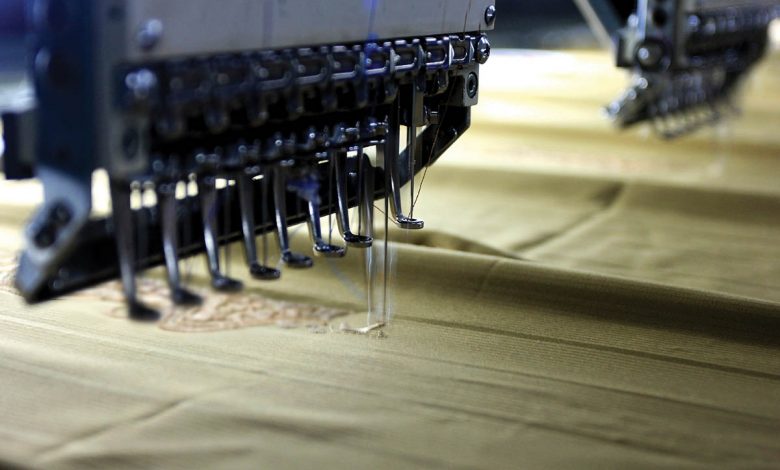The Anatomy of an Embroidery Needle
To best judge the importance of your needles, it helps to understand their anatomy and functions

To best judge the importance of your needles, it helps to understand their anatomy and functions. These are the different parts of the needle, along with the purpose of each.
Shank: The thick, upper portion of the needle that is clamped into the machine. Needles for most commercial embroidery machines are round, while for semi-professional machines, one side will be flat. The round shank is more economical to manufacture, which can have a positive effect on commercial embroidery, where bottom line pricing is often a must.
Shaft: This begins at the base of the shank and extends the length of the needle to the point. The diameter of the shaft determines the thickness of the needle.
Eye: At the base of the shaft, this is the hole through which embroidery thread passes, from front to back. By securing the thread through the eye, the thread is carried down to the bobbin casing, to form a stitch. The size of the eye will vary with the type and size of the needle.
Groove: This indentation, at the front of the needle, is the channel through which the thread passes down to the eye. It helps to guide and protect the thread.
Scarf: Located at the back of the needle, just above the eye, its purpose is to allow the rotary hook to come near enough to the eye of the needle to catch the thread and create a stitch.
Point: This is the part of the needle that comes into contact with the fabric first. It penetrates the substrate, moving the thread towards the bobbin, to form a stitch.




